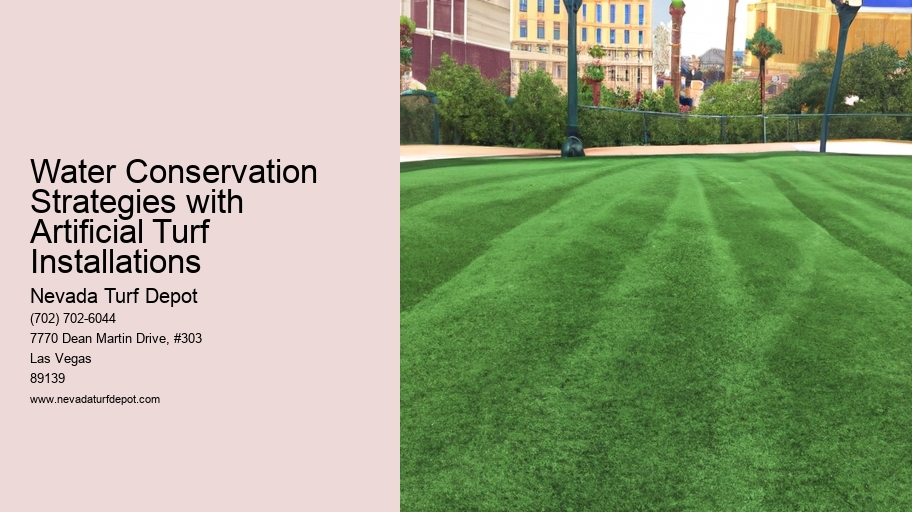In a world where water scarcity and environmental concerns continue to grow, the need for innovative solutions to conserve water is paramount.
synthetic grass .Enter artificial turf installations, a game-changing strategy that not only enhances the aesthetic appeal of landscapes but also significantly reduces water usage.
By replacing natural grass with synthetic alternatives, property owners can conserve thousands of gallons of water annually.
In this article, we will explore the benefits and practical tips for implementing water conservation strategies through artificial turf installations.
Benefits of Artificial Turf for Water Conservation
One of the key benefits of artificial turf for water conservation is its ability to reduce water usage by up to 70%. This is a significant advantage in regions facing water scarcity or drought conditions. Traditional grass lawns require regular watering to maintain their lush appearance, resulting in a substantial amount of water being wasted.
However, artificial turf offers a sustainable solution by eliminating the need for constant irrigation. Additionally, artificial turf has advanced drainage systems that allow rainwater to be efficiently absorbed and distributed, further reducing the reliance on water for irrigation.
Practical Tips for Water Conservation With Artificial Turf Installations
Importantly, implementing practical tips can enhance water conservation efforts when installing artificial turf. Here are some key strategies to consider:
Proper installation: Ensuring that the artificial turf is installed correctly is crucial for water conservation. This includes preparing the ground properly, using appropriate drainage systems, and installing the turf tightly to prevent water wastage.
Regular maintenance: Regularly inspecting and maintaining the artificial turf is essential for water conservation. This includes removing debris, checking for any leaks or damages, and adjusting the sprinkler system to avoid overwatering.
Smart irrigation: Consider using smart irrigation systems that utilize weather data and soil moisture sensors to optimize water usage. These systems can automatically adjust watering schedules based on the specific needs of the turf, saving water in the process.
Educate users: Promote water-saving behaviors among users of the artificial turf, such as avoiding unnecessary watering and reporting any water leaks or issues promptly.
